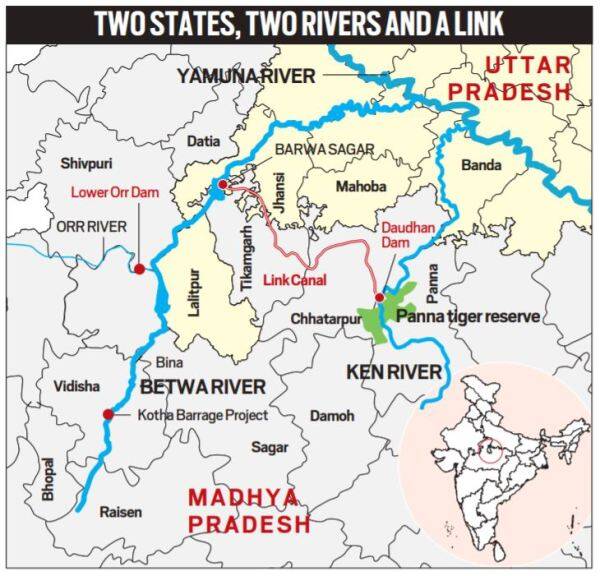7667766266
enquiry@shankarias.in
Why in news?
The Union Cabinet on Wednesday approved the funding and implementation of Ken-Betwa inter-linking of rivers project that will be completed in 8 years.

References